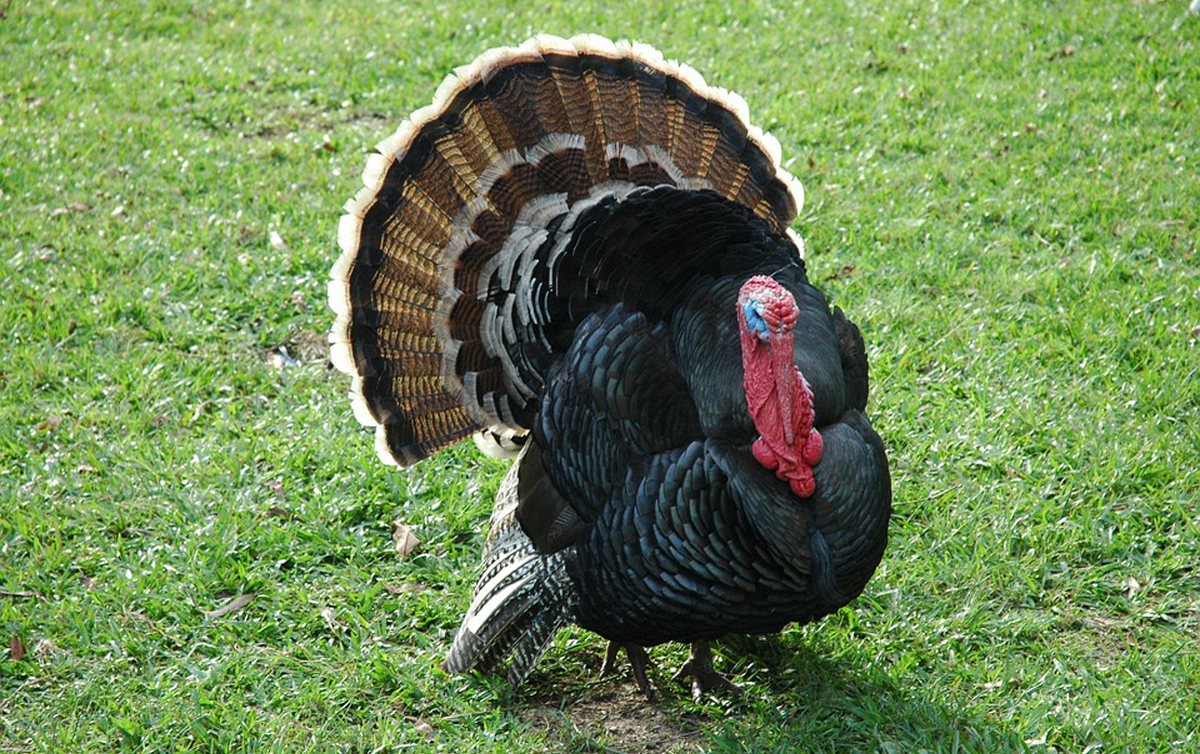 By Darlene Christensen
By Darlene Christensen
It is estimated that each Thanksgiving more than 46 million turkeys are slaughtered, prepared, and eaten in the United States. Because of the number of turkeys prepared, food-borne illness also increases during the holidays. If not prepared properly, turkey and all poultry can carry salmonella, a common type of bacteria that can cause food-borne illness. Consider these tips for preparing a safe and tasty turkey this year.
The first and most important food safety step is to properly thaw the turkey. The best way to thaw it is in the refrigerator. Make sure it is still in its original wrapper, and put a tray underneath it to catch juices and prevent cross contamination. You will need 24 hours of thawing time for every 4 to 5 pounds of turkey, so make sure you have enough time to properly thaw it. Once thawed, cook the turkey within 1 to 2 days.
If you need to thaw the turkey more quickly, you can use the cold-water method. Place the turkey in an airtight package or leak-proof bag. Submerge the turkey in cold water for 30 minutes per pound, and make sure to change the water every half hour so it remains cold. Cook immediately.
If you purchased a smaller turkey, it may be possible to thaw it in the microwave. Check the manufacturer’s instructions for the size of turkey that will fit in your microwave, the minutes per pound, and the power level for thawing. Roast it immediately after thawing.
It is never safe to thaw turkey or other meat on the counter. This is putting the meat in what food safety experts call “the danger zone” — 40 to 140 F — which is where bacteria multiply rapidly. Under ideal conditions, bacteria can double every 10 to 20 minutes. That means one cell can increase to more than 16 million cells in 8 hours. For this reason, perishable foods such as poultry should never be held at room temperature for more than 2 hours.
To roast a turkey, set the oven temperature no lower than 325 F. It is not safe to cook a turkey for a lengthy time, such as overnight, at a very low temperature. This encourages bacterial growth. To check for doneness, use a meat thermometer inserted into the thigh. Do not rely on the pop-up thermometer alone. Meat thermometers are available at reasonable prices in most supermarkets and variety stores. To be safe, the thigh meat should reach 165 F. If the bird is stuffed, the stuffing should reach 165 F as well.
After the meal, promptly refrigerate leftovers in shallow containers. Some families leave turkey and other perishable items out all day for people to nibble on. This is not safe. Place perishable items in the refrigerator. If people want to snack, they can get the food out of the refrigerator.
For more information on turkey preparation or storage, contact your local USU county Extension office. You can also contact USDA’s Meat and Poultry Hotline at (888) 674-6854.
Darlene Christensen is a USU Extension associate professor.



